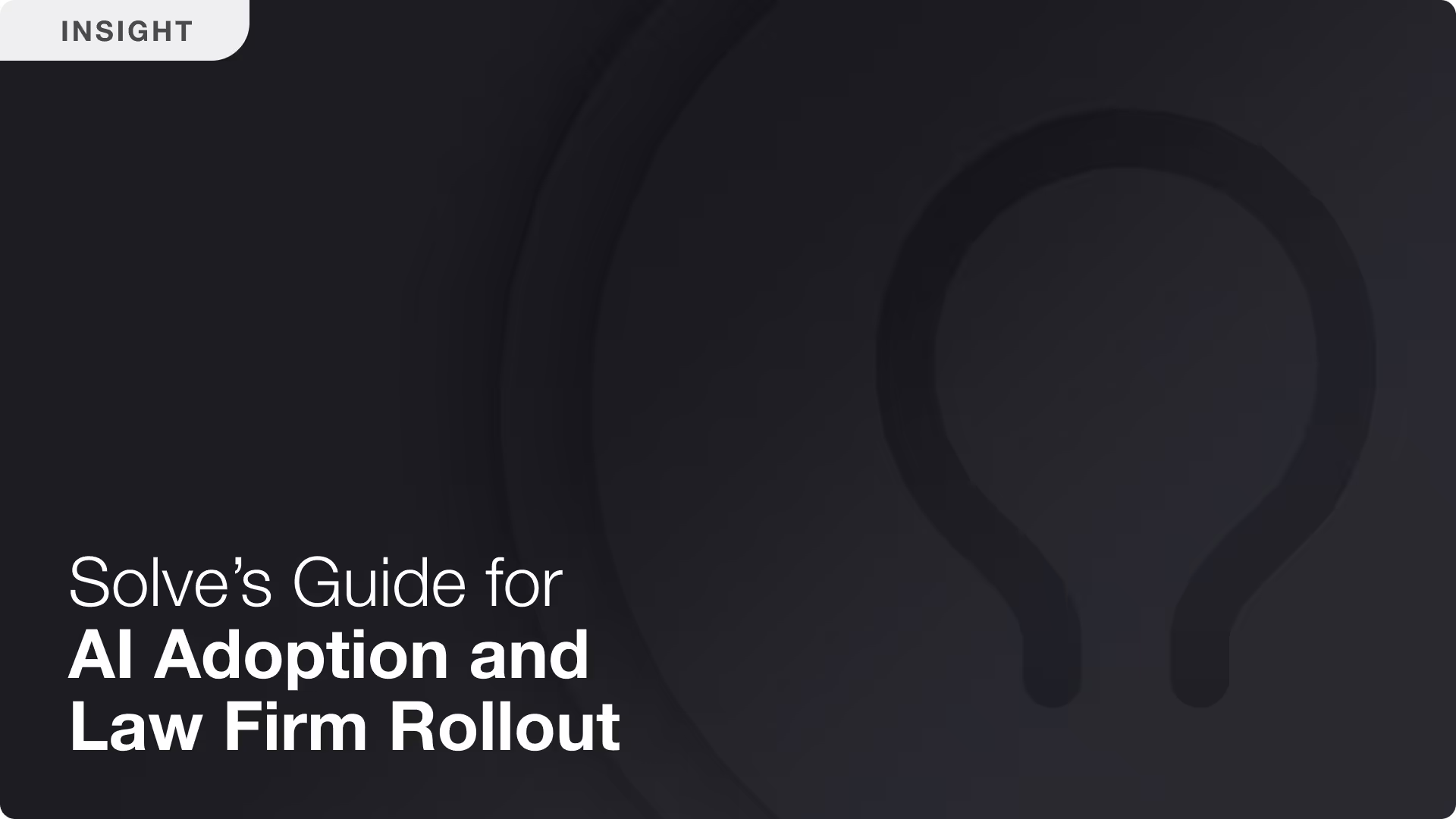Feature Update: AI Track Changes
As artificial intelligence (AI) becomes more integrated into professional workflows, the need for transparency in AI-assisted tasks is increasingly important. One key area where this applies is the patent industry, where accuracy and traceability are critical. To support this, we are introducing a new feature: AI Track Changes, designed to provide clear insights into how AI-generated suggestions and edits are being made to your patent applications, Office action responses, and other patent documents.

How AI Track Changes Works
The AI Track Changes feature operates similarly to traditional track changes functionality found in word processing software but tailored specifically for AI-assisted workflows. When using tools like Solve's Patent Drafting Copilot or Solve's Patent Prosecution Copilot, this feature tracks and highlights every change or suggestion made by the AI, allowing users to easily review AI contributions. Whether it’s a simple edit or a more complex completion of a section, all AI-generated actions are documented for complete transparency.
For patent professionals, the ability to clearly identify the AI’s input enhances review processes, ensuring that human users can evaluate and validate the AI’s contributions with confidence. This feature helps professionals manage and maintain control over content accuracy in patent applications, claims, and legal documents.
Enhancing Transparency in AI-Powered Workflows
One of the most important aspects of this update is its focus on transparency. The ability to track AI-generated changes ensures that users can distinguish between their own contributions and those generated by AI. This distinction is critical in industries like patent law, where precision and accountability are paramount.
By offering a clear visual representation of AI-driven modifications, the AI Track Changes feature supports more thorough reviews. Patent professionals can now quickly identify where AI tools have impacted the content and make informed decisions on whether to accept, reject, or further refine those changes. This heightened transparency also ensures that AI tools can be integrated into workflows without introducing ambiguity or uncertainty.
Strengthening Collaboration Between AI and Professionals
The introduction of AI Track Changes reflects a broader trend towards more seamless collaboration between AI and human users. As AI continues to play a larger role in knowledge-based fields, maintaining a clear record of its contributions will be critical to ensuring quality and accountability in outputs.
For patent professionals, this feature allows for more controlled integration of AI into their work. Tools like the Solve's Patent Copilot are designed to enhance productivity and streamline the drafting process, and with AI Track Changes, users can confidently oversee how AI contributes, making sure that all changes align with the required legal and technical standards.
Conclusion
The AI Track Changes feature is a step forward in creating more transparent and accountable AI-driven workflows. By clearly delineating AI-generated edits and suggestions, this feature supports more accurate and reliable document drafting in the patent industry. As AI continues to evolve, features like this will be essential in ensuring that professionals maintain control and clarity in AI-assisted tasks, contributing to more efficient and trustworthy outcomes.
AI for patents.
Be 50%+ more productive. Join thousands of legal professionals around the World using Solve’s Patent Copilot™ for drafting, prosecution, invention harvesting, and more.




